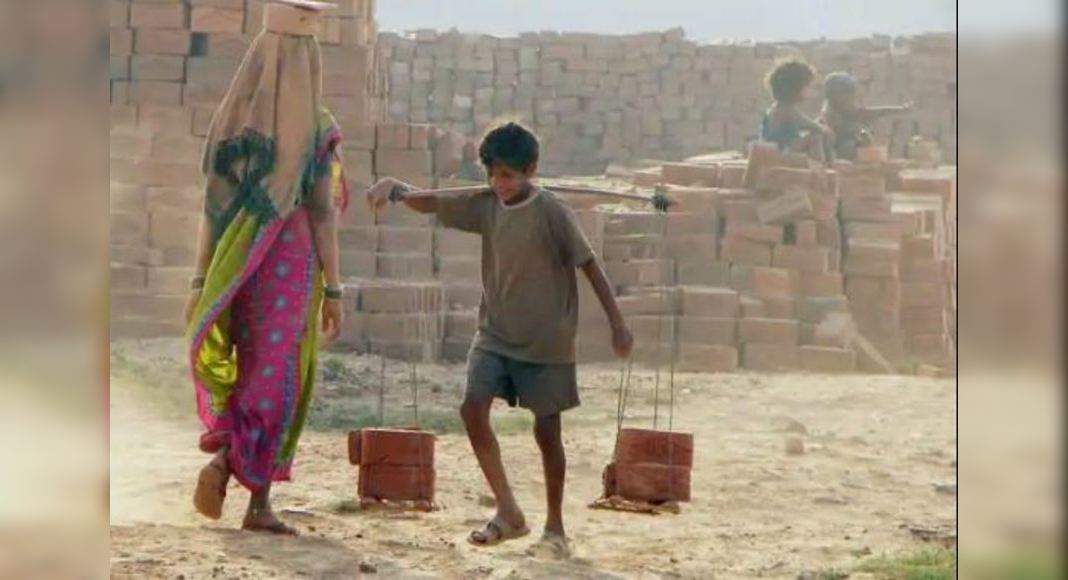NEW DELHI: The number of children caught in child labour worldwide has risen to 160 million, an increase of 8.4 million in the last four years, while 9 million additional children are at risk of being pushed into child labour by the end of 2022 as a result of the Covid-19 pandemic, says a report.
A simulation model shows this number could rise to 46 million if Covid-affected children don’t have access to critical social protection coverage.
These findings are part of the “Child Labour: Global Estimates 2020: Trends and the Road Forward” report released ahead of World Day Against Child Labour on June 12.
The report brought out by the International Labour Organisation (ILO) and UNICEF warns that progress to end child labour stalled for the first time in 20 years, reversing the previous downward trend that saw child labour fall by 94 million between 2000 and 2016.
While it does not give any country-specific data, the press statement on the report comes with a note on the challenges before India.
As per Census 2011, the total child population in India in the age group 5-14 years is 259.6 million with over 10 million (4% of total child population) working, either as ‘main worker’ or ‘marginal worker’.
The Census data indicates that the number of such children decreased in India by 2.6 million between 2001 and 2011.
The data show a greater decline in rural than in urban areas.
The increase in migration from rural areas was seen as a result of the demand for child workers in urban areas.
“…
it is expected that Covid-19 and subsequent economic distress will increase the risk of child labour.
The closure of 1.5 million schools due to the pandemic and lockdowns in India has impacted 247 million children enrolled in elementary and secondary schools and added to the risk of them slipping into child labour and unsafe migration,” it is asserted in the statement .
Globally, the report points to a significant rise in the number of children, aged 5 to 11 years, in child labour.
The number of children aged 5 to 17 years in hazardous work – defined as work that is likely to harm their health, safety or morals – has risen by 6.5 million to 79 million since 2016.
It turns out that the agriculture sector accounts for 70% of children in child labour (112 million), followed by 20% in services (31.4 million) and 10% in industry (16.5 million).
ILO and UNICEF called for adequate social protection for children, including universal child benefits, increased spending on quality education and getting them back to school.
Expressing grave concern at the heightened vulnerability of children, Nobel Peace Laureate Kailash Satyarthi said that he was “anguished and ashamed about the first increase in child labour in two decades”.
“There can be no excuse for this.
During the same 4 years preceding the pandemic, the world got richer by $10 trillion.
Yet, child labour rose to 160 million.
How rich does the world have to be to stop slavery and exploitation of our children?,” he said.
“On the eve of the G7 Summit, this appalling rise in child labour poses the strongest moral challenge to our world leaders.
We cannot conduct business as usual.
We need bold and urgent action.
It is time we set up a Global Social Protection Fund, with a direct focus on marginalized children.
The pandemic will push millions more into child labour.
We cannot leave the poorest children of the world to fend for themselves in this crisis.
This World Day against Child Labour is a wake-up call.
We owe our children their fair share in financial resources, policies and social protection.
Our children need us now more than ever before.
We must not leave them behind,” Satyarthi emphasised.







